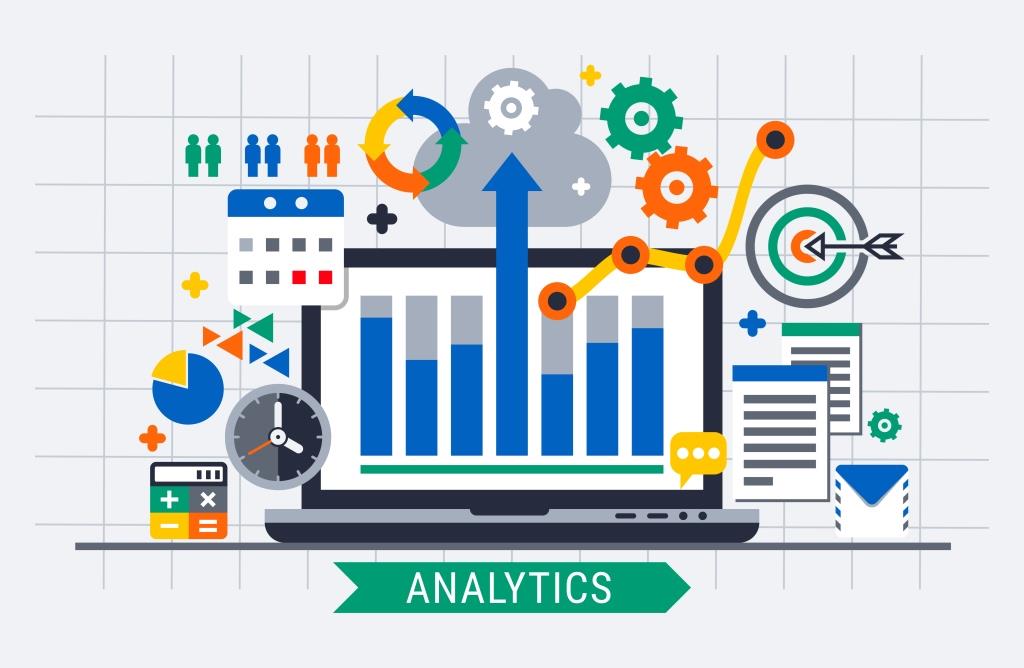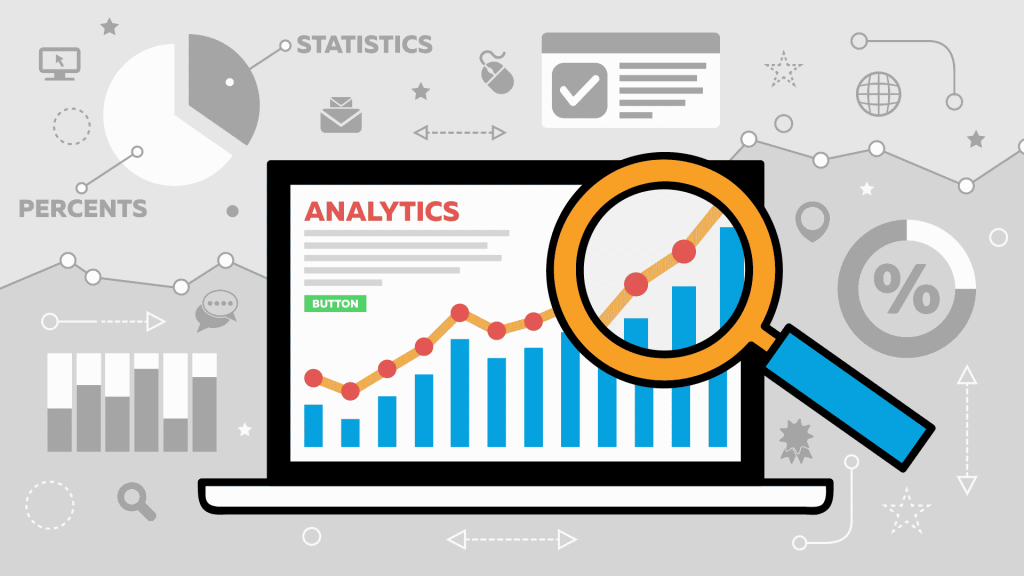Tech
Web Analytics Becomes the Buzzword in the Digital Arena in 2022

Web Analytics has become the buzzword in the digital arena. You have a lot of information, from its related aspects to its advantages. If you have a website, you require a means to evaluate and process the data so you may understand your visitors and optimize the website. So what do you know about web analytics? What does it calculate? The user guide is here to help you with everything you need to know about this new buzzword. You may read it to gather information for better growth in the e-commerce industry.
Web analytics facts
Web analytics is the procedure of measuring, gathering and evaluating website information. The process is critical for optimizing and understanding website performance, but web analytics is far from this. It has a much broader domain. With the help of web analytics, you know everything from how visitors find the website to the web pages they visit and the actions they take.
Web analytics incorporates information from distinct platforms linked to the website and provides you with critical information regarding the business. With the help of web analytics, you may identify trends, understand performance, and optimize the website along with other digital tools.
Web analytics operation
To utilize web analytics, you do not require a technical understanding of the procedure. However, it’s significant for you to know where the information originates and finalize yourself with standard web analytics categories.
Web analytics methods
Analytics providers may use different methods for tracking information. The common ones include the following:
• Log files from the website server that tracks views and visits from different users.
• Page tags assign cookies to the user to collect statistics on different behaviors.
• Combination of page tags and log files for accurate analytics.
• Click analytics helps collect information in real-time and is viable for high-traffic websites.
• Customer life cycle information connects website activity and its prominence to the individual user.
Categories of digital analytics
You may process and collect specific data based on your analytics application. The standard types of digital analytics include the following:
• On-site analytics: When marketing and web experts talk about analytics, they refer to the on-site category that is more common. On-site web analytics is the user information you collect on the website you possess and includes in-depth data.
• Off-site: Along with on-site analytics, the second important area you must consider is off-site analytics. Although offside analytics is not just standard, it’s vital. The category refers to analysis and data which non-owners of the website may access. For instance, with the correct analytics tool, any individual may grab data on the website’s potential audience and visibility.
Data sources
Irrespective of the category of digital analytics that you are evaluating, the procedure involves a typical data source. Web Analytics workflow. The significant information sources for web analytics are the following:
• HTTP or hypertext transfer protocol request
• Related information from the network or server is not directly part of the HTTP request but is significant for transmission
• Additional information from website applications like different plugins
• External data or third-party information from applications and link software like an email-marketing platform
Remember that website analytics gets effectively used for an e-commerce venture. For this, you have to understand the way it operates. These are the most critical aspects of website analytics, from collection to processing to reporting and optimization.
- Collection: Website owners use third-party website analytics tools for collecting data. Once completing the initial step, the simple web analytics automatically collects and stores relevant information.
- Processing: In most instances, 3rd party analytics applications also organize and process data. Most of these present the data in graphs or charts to make it easy for you to comprehend. Some also highlight interesting points like significant improvements and alarming patterns.
- Reporting: Although the application handles the first step in a workflow, you may complete the second manually. When reporting on web analytics, you review information, and compare it with key performance indicators to grasp it. It will help you understand the trend and your performance.
- Optimization: Finally, you will utilize the information from the web analytics tool and report insights for optimizing the website. In this instance, you implement the strategy recommendation and update the website content and the promotion method. You may also use different tests for experimenting with distinct versions before adopting the effective ones.
To measure your performance, you have to understand your target audience. Whether it is an advertising campaign, conversion, acquisition channel or bounce rate, you need to be on your toes at all times.
You require related information on each aspect because that is the most important thing. Remember that as an entrepreneur, your objective is to grab your audience’s attention.
For this, you must have information about their purchase behaviour, which will help you with strategies for the future.

































